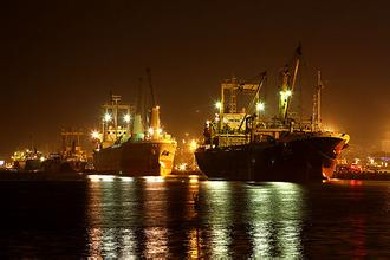As the first quarter drew to a close, 2013 was shaping up as a year of paradoxes. Wall Street was going gangbusters, but the fiscal cliff was holding back economic growth. Container shipping rates in the main east-west trades rose through much of the first three months of the year, despite warnings of supply-demand imbalances.Maersk Line, the world’s largest carrier, was stealing headlines with its promises of a Customer Charter aimed at improving service for its beneficial cargo owners and intermediaries. The Suez Canal was just emerging as a cost-effective alternative to the Panama Canal in all-water services from Asia to North America. Tighter federal regulations on hours of service for U.S. truck drivers had survived an appeals court challenge by the American Trucking Associations, yet weren’t entirely cleared for prime time.
As we closed out the first half of the year, there again was no shortage of industry-changing events. Maersk, the Suez Canal and hours of service were still making headlines. Ports in the U.S. and Asia were struggling with various issues and problems. Organized labor was back in the supply chain spotlight, and in a big way. And there was a little incident in the Arabian Sea that helped to alter the dynamics of the Asia-Europe trade and shined a new light on the structural integrity of the world’s largest container vessels.








